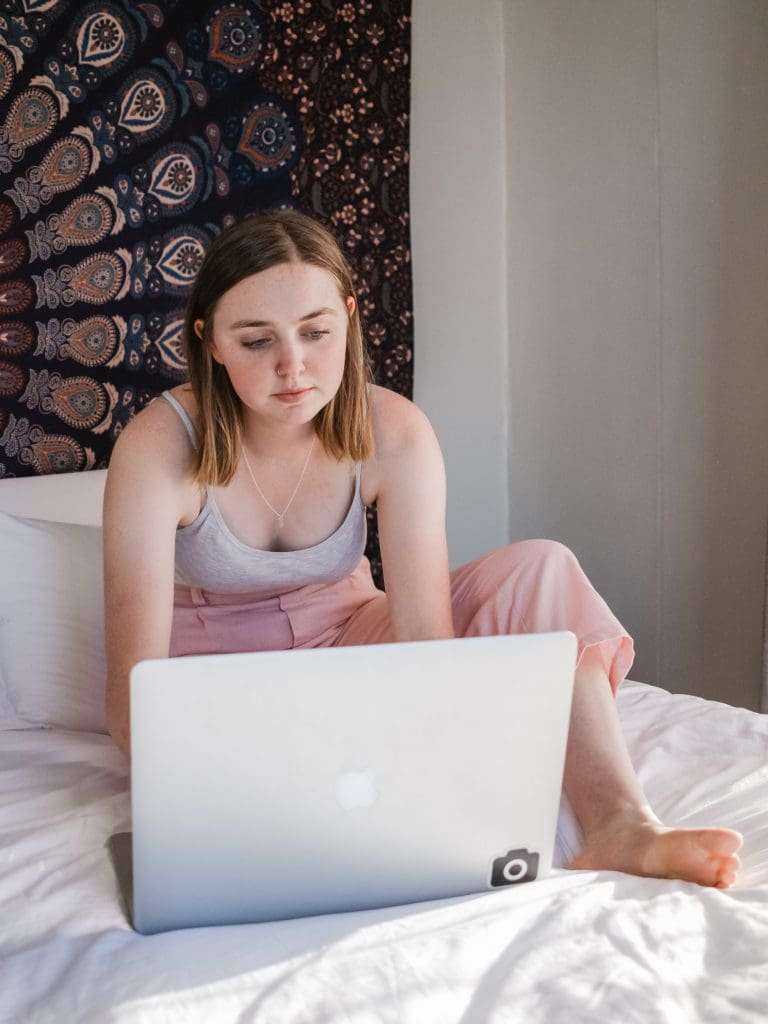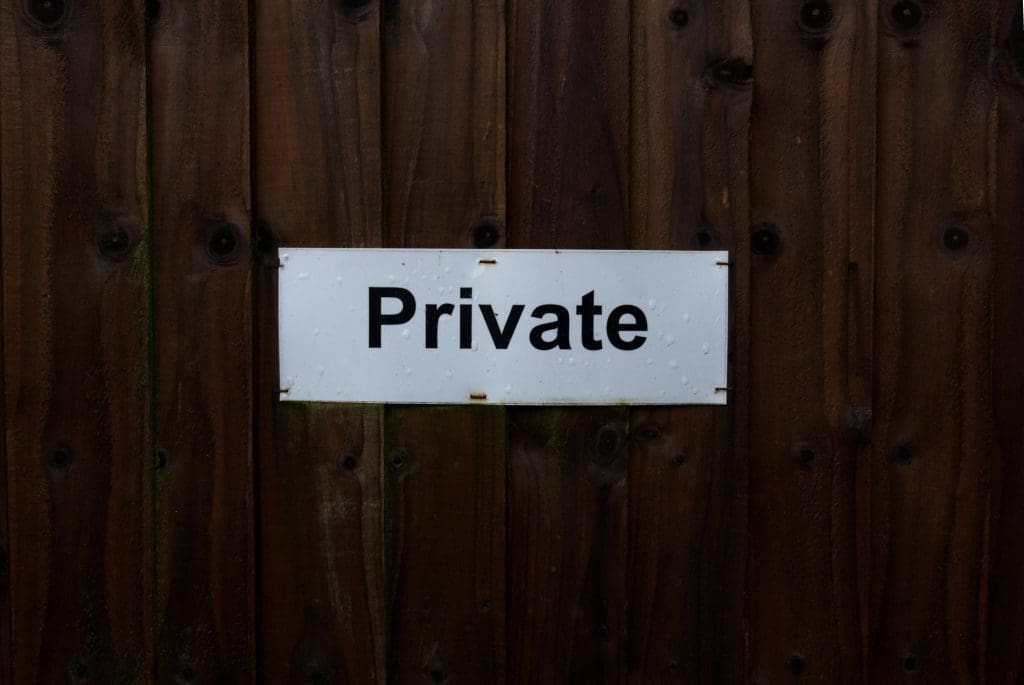Transitioning to Therapy Virtually
Telehealth isn’t new. With technology advancing and becoming more accessible, telehealth has evolved with it. Having an alternative access to a doctor, therapist, public health professional, or any other kind of medical expert makes a huge difference. This is true for those living in rural areas, those who do not have access to transportation, and those who may be physically impaired.

Telehealth has now had to rapidly become that much more accessible and adapt to higher demand due to most of us being restricted to our homes and having limited healthcare access except for emergencies. This access to care is still important however, whether it be for routine checkups or ailments that may not require going to the ER, but are still necessary to check with your provider. Although it’s not the same as physically being there and getting testing done, something is better than nothing.
It’s also incredibly important to still have access to mental health care. This is needed more now than ever too: there’s another public health crisis paralleling COVID as fears about the pandemic and concerns with self-isolating (on top of other factors) on our psyche continue to grow. Even the transition to where we are today was sudden and quick, which can throw off our minds as we lose our routines and sense of stability.
Therapy is possibly one of the “easier” methods of telehealth since sessions mostly involve talking already. It can still be awkward at first having a video chat with your therapist: you aren’t in the familiar space you usually see them in, but studies have shown that therapy done virtually is just as effective as doing it face-to-face. There are also other benefits, including more flexibility about when you can meet, cost-efficiency (i.e. if you had to pay for parking or public transit to physically get to your therapist), and having the ability to still speak with your therapist if you’re physically sick.

Some may be concerned with meeting online and their privacy being invaded, however. This isn’t uncommon. A major barrier for therapy being done virtually in the past, and even now as it’s becoming the current norm, is that some video software is vulnerable to being stolen. Software like Zoom meets privacy standards, so it’s important to speak with your therapist to see how they want to speak with you. That being said, the U.S. Department of Health and Human Services have loosened privacy laws so it’s easier to access important mental health resources for the time being.
At the same time though, it can be difficult to meet with your therapist virtually if you’re living at home and/or in an unsafe space and have concerns about who can hear you and what you’re talking about. Both your mental and physical safety should be prioritized, and if these are concerns, it’s important to raise them to your therapist as you transition to a virtual space and routine.
If you are currently in therapy, have you moved to virtual sessions with your therapist? How have they been going?




Recent Comments